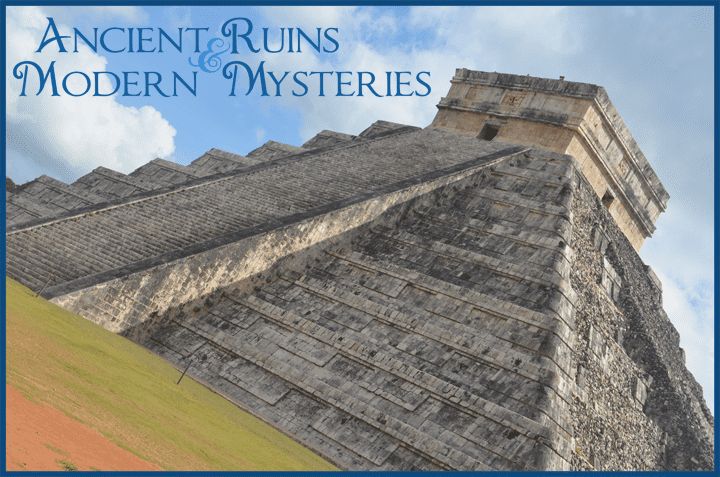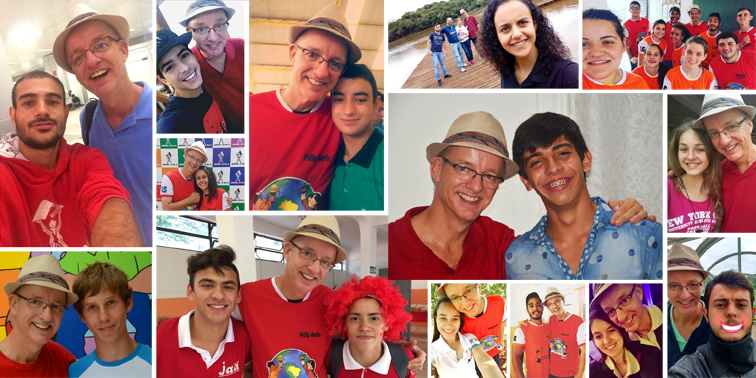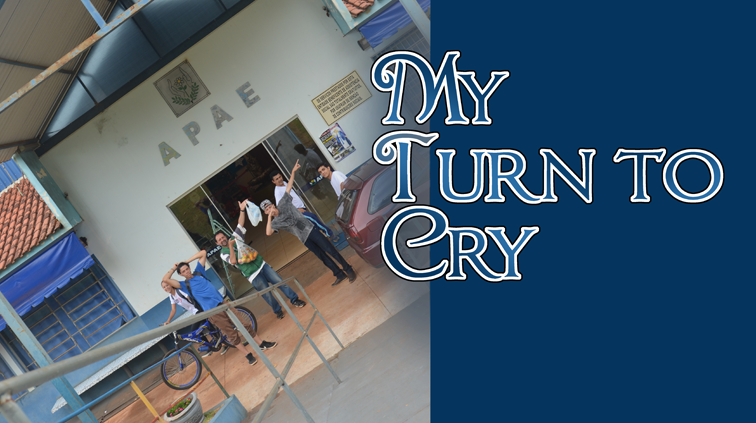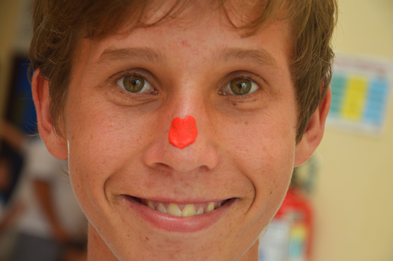The old town is mostly colonial architecture, but there is also a mix of Art Nouveau, Art Deco and Classical architecture. Much has been beautifully restored. Many buildings are currently under renovation. But, there is a lot in complete desolation waiting for the right person to come along with some tender loving care and a wad of pesos. If I had the repairman genes that my two brothers have, I would be tempted to move to Mérida and flip houses.
I decided to come to Mérida to catch up on some sleep that I seriously lost in Brasil. And if you need siesta time, you could not pick a more beautiful location. The plaza in the town center is so very colonial and it appears to thrive both day and night. But, about seven blocks away, where I stay, it's calm and peaceful. I've slept, blogged and worked on my website.
Of course, every day I wander the city to see what I can find. I located grocery stores with no fresh fruit or vegetables. The landlord where I stay suggested I get those items at Walmart. W A L M A R T ! ! ! For crying out loud! That is not where I want to shop in Mexico. But, on my first outing for food, I only knew one place to go. It took me a few days to discover the kind of Mexican marketplaces I had in mind. One is a mere two blocks from where I stay.
 The masses on their way to mass
The masses on their way to mass Mérida is not so far from the ancient Maya city of Chichén Itzá. I have been there before. On a previous trip to the Yucatán, I stayed at a bed and breakfast in Cancún. When I asked my host about getting to Chichén Itzá, she said she would take me. Now I know she couldn't do that for every guest. But, she was so impressed with my murals that she wanted to do something for me. We happened to visit on my birthday. It's one of my nicer birthdays in recent memory. But, it was a long haul. The drive was around four or five hours one way.
The bus drive from Mérida was under two hours. It made the whole experience so much less exhausting. And, I arrived before the hordes of tour buses from Cancún. Even without the hordes, it was still difficult to get photos without people taking endless selfies. I managed. And, while waiting, I listened to some guides with different groups. One man said that most of the souvenirs available were made in China.
Fortunately, I know that not all items were imported. I talked to a few artists as they carved wooden masks. If you look at the faces, you'll notice two different halves sometimes. Without talking to the artist I was clueless. But, I learned the mask represented life and death. Some masks were predominately blue. I asked about that. Blue is a traditional Maya color. Dark blue represented power and sky blue represented the soul.
The pyramids, sports court and other structures of Chichén Itzá were impressive. They were also under blistering Mexican heat. Most people quickly retreated to the shade and that's where the vast numbers of souvenir vendors were hawking those goods from China. There were so many sellers. It kind of felt like the ancient ruins were a beautiful backdrop for a giant souvenir flea market.
Chichén Itzá is much more of a tourist destination than any other place I have visited this trip. And, that means there were people who spoke English, Mexican people who spoke English. So, I asked about the mysterious bicyclers in Mérida. Shame on me for not knowing, but December 12 is the Day of the Virgin of Guadalupe, Mexico’s patron saint, and celebrated across the country. It commemorates the visitation of Mary to Mexico City twice in 1531. It rivals Christmas as a Catholic celebration in December. I was told in many parts of Mexico that people bicycled or ran with signs and statues on their back. They were on their way to a special mass. Of course, the biggest celebration is at the Basilica of Guadalupe in Mexico City.
Naturally, I wanted photos. The bicyclists always seemed to pass by me before I could get my camera out and ready. Eventually, it dawned on me that the riders were preceded by a police siren, their escort. Once that registered, I got the photos I wanted.
With my Mexican mystery solved and my fill of Maya photos, it was time to fill my stomach. I wandered away from the architectural site and located a little diner with a daily special called “Pollo a la Yuca Teca”. It was time for a cultural treat. I didn't know exactly what I was getting, but it was chicken, so it couldn't be too daring.
Chicken a la Yuca Teca was served with pickled red onions, black refried beans and rice. Of course, there were tortillas and hot sauce. I have had lots of “hot” sauce in Mexico. Usually, it's a pleasant little addition of herbs and spices but there is no fire. This sauce was made from habanero peppers and it was flaming. I loved it.
The actual chicken was fried and then cooked in a red achiote sauce. Another Mexican mystery. I asked to see the achiote since I didn't know what it was. I looked kind of like a red paste made from paprika. Actually, the spice dates back to Maya times where it was also used as a red dye and for currency. My waiter said the achiote was mixed up with orange juice and a little water to prepare the marinade. It gave the dish a red color and the taste is described as nutty or peppery. I can vouch that it was delicious. It was, after all, fried chicken.
Time for a siesta.










 RSS Feed
RSS Feed